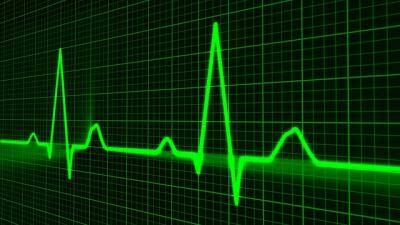

Perhaps one of the biggest areas where big data is employed is in the prevention of serious health problems. After all, an injury or disease that’s prevented represents not only better health for the patient but a reduced cost to treat. Big data has already been used in this aspect like, for example, in the mapping of individuals’ genetic code. By collecting and analyzing that large sum of data, complex predictive analytics can pinpoint which individuals are at most risk of getting certain illnesses.
This prevention effort is getting a massive boost thanks to the Internet of Things. More specifically, wearable devices have proven to be a major benefit when it comes to monitoring people’s health and tracking health data. Perhaps this shouldn’t be a surprise, especially with the popularity of health wearables like Fitbit and Jawbone. These and many other wearable devices can help users keep a closer eye on their health while tracking their progress in reaching clear health goals. That’s what many wearables are being used for now, but in the future, the full potential of these devices could be unleashed. Imagine wearable technology that’s even less intrusive, such as sensors built directly into your clothes. Then imagine if all that data was shared with your doctor or other health professionals, alerting them if certain warning signs for health problems were detected, even if those problems wouldn’t fully manifest themselves until years later. This use of wearables and the IoT even has its own nickname, the Internet of Healthy Things.
Prevention isn’t the only area where big data and the IoT can play big roles in the advancement of healthcare. Based off the deeper insight generated by IoT devices, doctors can prescribe treatments that are tailored to the individual patient. Big data can be used to predict what the outcomes of treatment options will be for patients and determine which one is best for the individual. Factors like personal history, previous health problems, and genetic data go into the decision, giving doctors a complete picture of the patient and what treatment would be best for him or her.
The uses of big data and the Internet of Things can go beyond simply helping patients directly. The equipment used at hospitals — like CT scanners and MRIs — may be outfitted with sensors as well. These sensors can collect data on the performance of the machines, which gives updates on when the equipment needs maintenance or if the machines are on the verge of running out of critical components. By alerting hospitals to these facts, the amount of downtime experienced can be greatly reduced. This not only saves hospitals money in the long run, it improves the quality of care for patients since they won’t have to wait as long for a needed test.
These examples are just scratching the surface on what big data and the Internet of Things can do when used together for healthcare. While concerns abound over how security and privacy is handled regarding health information, especially if it’s stored and transferred via cloud computing, it’s clear that the new direction of healthcare will involve huge amounts of data and the IoT. It may not be too long before patients have an almost constant connection with their doctors and can avoid significant health problems long before they ever happen.